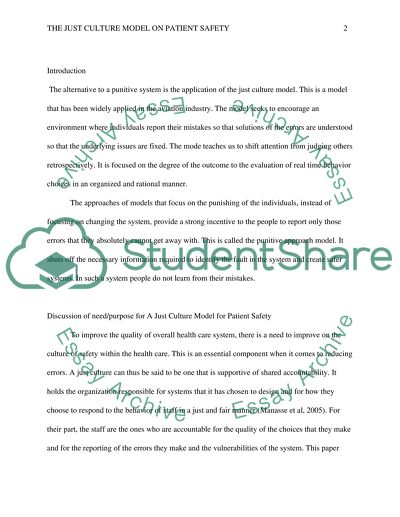Cite this document
(“The Just Culture Model on Patient Safety Research Paper”, n.d.)
The Just Culture Model on Patient Safety Research Paper. Retrieved from https://studentshare.org/nursing/1452802-the-just-culture-model-on-patient-safety
The Just Culture Model on Patient Safety Research Paper. Retrieved from https://studentshare.org/nursing/1452802-the-just-culture-model-on-patient-safety
(The Just Culture Model on Patient Safety Research Paper)
The Just Culture Model on Patient Safety Research Paper. https://studentshare.org/nursing/1452802-the-just-culture-model-on-patient-safety.
The Just Culture Model on Patient Safety Research Paper. https://studentshare.org/nursing/1452802-the-just-culture-model-on-patient-safety.
“The Just Culture Model on Patient Safety Research Paper”, n.d. https://studentshare.org/nursing/1452802-the-just-culture-model-on-patient-safety.


